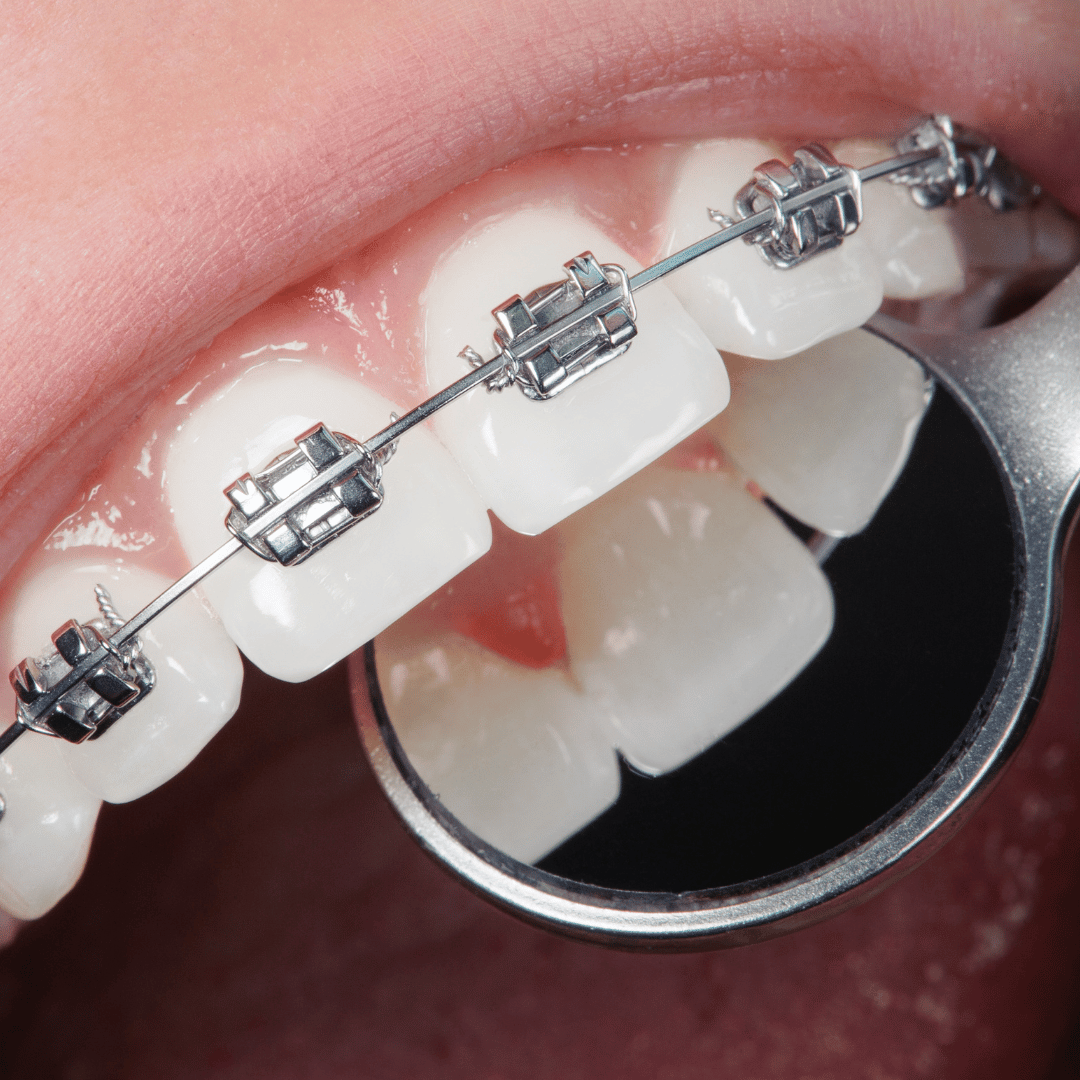+919790726189

This is your website preview.
Currently it only shows your basic business info. Start adding relevant business details such as description, images and products or services to gain your customers attention by using Boost 360 android app / iOS App / web portal.
🦷 Management and Prevention of Relapse in Ortho...

🦷 Management and Prevention of Relapse in Orthodontic Treatment Orthodontic treatment is a transformative journey that aligns teeth, improves occlusion, and enhances facial aesthetics. However, one of the biggest concerns post-treatment is relapse — the tendency of teeth to return to their original position after braces or aligners are removed. But why does relapse happen, and how can it be prevented? Let’s delve into the causes, prevention strategies, and management protocols to maintain that perfect smile long after active treatment ends. 🔄 What Is Orthodontic Relapse? Orthodontic relapse is defined as the movement of teeth back toward their original misaligned positions after orthodontic treatment has been completed. It can occur due to biological, mechanical, or behavioral factors and may affect both aesthetic and functional outcomes. 🧬 Causes of Relapse Understanding the root causes of relapse is key to prevention: Periodontal and Gingival Fibers: Elastic recoil from periodontal fibers, especially transseptal fibers, tends to pull teeth back. Growth-related Changes: Continued jaw growth (especially in adolescents) can alter tooth positions. Muscle Forces: Tongue thrusting, lip sucking, or abnormal swallowing can exert pressure on teeth. Occlusal Forces: Malfunctioning or unbalanced bites may lead to instability. Inadequate Retention: Not using retainers as prescribed is the most common reason for relapse. Tooth Loss or Arch Width Reduction: Changes in arch length or width post-treatment may cause crowding or spacing again. 🛡️ Strategies for Prevention Here’s how orthodontists and patients can work together to prevent relapse: 1. Proper Retention Protocols Retention is the backbone of relapse prevention. Retainers hold teeth in their new positions until the periodontal ligament and surrounding structures stabilize. Types of Retainers: Removable (e.g., Hawley, Essix clear retainers) Fixed (bonded lingual retainers) Wear Schedule: Full-time for the first 3–6 months, then gradually reduced In many cases, night-time wear is recommended indefinitely 2. Fiberotomy or Pericision A minor surgical procedure to sever gingival fibers that may pull teeth back to their original position, often done after rotating teeth. 3. Occlusal Adjustment Correcting any traumatic occlusion helps in establishing a stable bite. 4. Growth Monitoring Especially in younger patients, monitoring jaw growth helps anticipate and address relapse due to skeletal changes. 5. Patient Compliance A well-informed patient is more likely to wear retainers as advised and maintain results. 🛠️ Management of Relapse When relapse does occur, it can be managed through various methods depending on its severity: Mild Relapse: Reinforcement of Retainer Wear: If relapse is minimal, reintroducing retainer wear may help re-align teeth. Modified Retainers: Active retainers with built-in springs or pressure areas can correct minor shifts. Moderate to Severe Relapse: Re-treatment with Aligners or Braces: In cases where aesthetic or functional concerns return, partial or full re-treatment may be necessary. Orthognathic Surgery: For relapse due to skeletal discrepancy in adult patients. ✅ Key Takeaways Retention is a lifelong commitment—teeth can shift at any age. Customized retention plans should be developed for each patient. Patient education and motivation are crucial for long-term success. Relapse is manageable, but prevention is always better than correction. 💬 Final Thoughts Orthodontic treatment doesn’t end when the braces come off—it enters a maintenance phase just as important as active correction. With diligent follow-up, proper retainer wear, and attention to individual risk factors, relapse can be effectively prevented, ensuring your smile remains straight and beautiful for life. Dental Clinics in West Mambalam Dentists in West Mambalam Dentists in Ashok Nagar Best dentist near me Best Dental Clinics in West Mambalam Oral surgeon in West Mambalam Dental Implants in West Mambalam Oral surgeon in Ashok Nagar Painless tooth removal at West Mambalam Rootcanal treatment at West Mambalam Top rated dentist in West Mambalam

